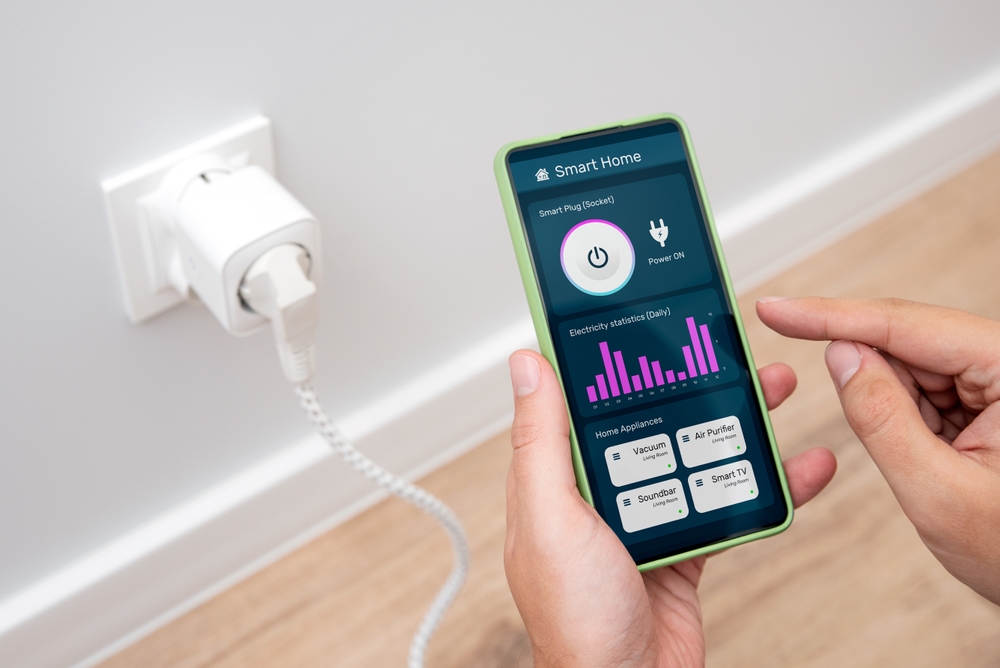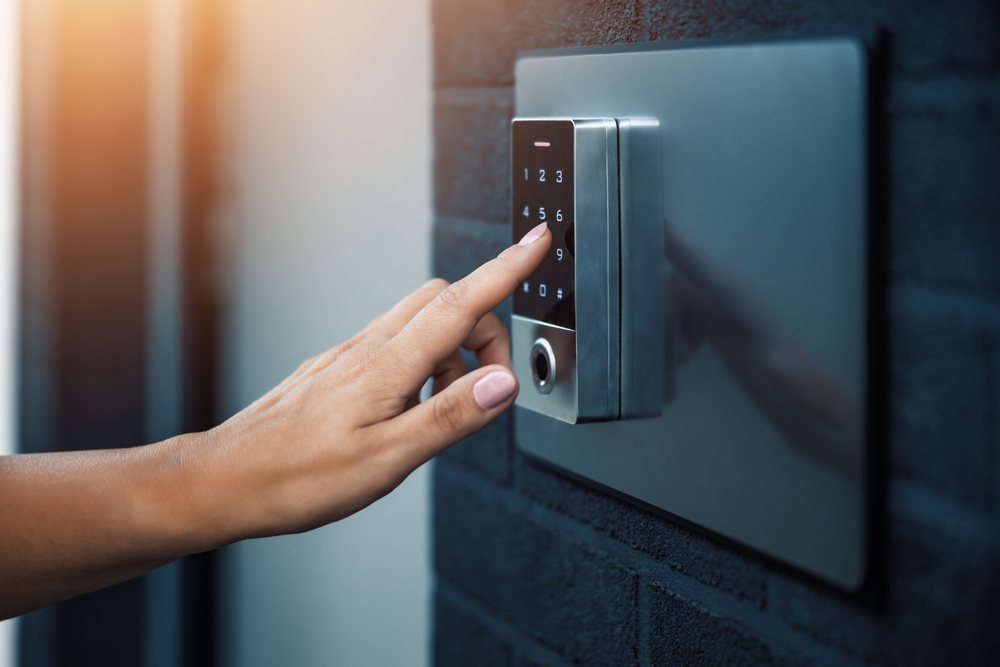How to Retrofit Smart Home Features Without Major Renovation

You don’t have to gut your home to bring it into the future. With the latest in home automation technology, it’s possible to upgrade your space in Tampa, FL, without touching the drywall or pulling up a single floorboard. Wireless controls, sleek smart devices, and seamless integrations now make it simple to transform any house, old or new, into a connected, intelligent home.
If you’ve been putting off automation because a renovation sounded overwhelming, this guide is for you. Below, we’ll walk through the smartest retrofit solutions available today and how they can enhance everyday living – without the construction headaches. Read on!
How do I convert my normal home to a smart home?
Retrofitting your home with smart technology doesn’t require tearing down walls or starting from scratch. Thanks to advancements in technology, it’s now easier than ever to layer intelligent systems onto your existing structure. Here is a detailed walkthrough of how to approach this transformation room by room and system by system:
Start with a reliable Wi-Fi foundation
Smart homes live and breathe through connectivity. Begin by evaluating the strength and coverage of your home’s Wi-Fi. If your signal drops in certain areas or slows down with multiple users, it’s time to upgrade. A mesh Wi-Fi system is often the best retrofit solution, providing seamless coverage across floors, outdoor areas, and hard-to-reach corners without the need for rewiring. And as a pro tip – don’t just rely on your router’s default settings. Optimize bandwidth for devices like cameras, assistants, and streaming hubs to avoid lag and interruptions.
Use smart plugs and bulbs to ease into automation
The simplest way to dip your toes into smart living is with smart plugs and smart LED bulbs. These devices are perfect for retrofits because they don’t require installation inside your walls. Just plug them into existing outlets or screw them into fixtures. This also aligns well with the smart home automation future, where lighting will increasingly respond to behavioral patterns and external conditions without manual input.
- Smart plugs let you control appliances from your phone or voice assistant.
- Smart bulbs offer dimming, color customization, and scheduling features.
These are affordable upgrades that instantly bring intelligence into your home.
Add voice assistants and smart hubs
Voice control is the centerpiece of a modern smart home experience. These devices allow you to control lighting, climate, security, and entertainment – all hands-free.
For retrofitting purposes, a central smart hub can also unify all your devices under one app or ecosystem, reducing the need to juggle multiple platforms. If you’re not sure where to start, consider building from a list of smart devices for home that match your daily routine and lifestyle priorities.
Embrace wireless smart thermostats and climate control
If you’re thinking ahead to the home automation future, 2025 is a good time to explore installing a smart thermostat as one of the most practical retrofits you can make. Many modern models are compatible with existing HVAC systems and are designed for easy DIY installation, often requiring no special tools or wiring changes.
Beyond convenience, they offer real-time energy tracking, geofencing, and learning features that optimize comfort and efficiency without you lifting a finger.
Secure your home with smart locks and video doorbells
Modern security devices are made for retrofits. You can now replace your standard deadbolt with a smart lock in under 15 minutes using just a screwdriver – no drilling required.
Pair your smart lock with a video doorbell and enjoy real-time access and two-way communication with visitors even when you’re not home.
- Look for options with local storage or cloud-based backups
- Prioritize models that integrate with existing intercoms or home hubs
Install wireless video surveillance
Today’s wireless cameras are sleek, weatherproof, and extremely powerful. From indoor pet cams to floodlight security cameras, you can cover every angle of your home without cutting into drywall or running wires.
Look for features like:
- Motion detection alerts
- Night vision
- Integration with smart hubs or assistants
- Remote viewing via mobile app
Layer in smart shades, sensors, and scenes
Once you’ve nailed the basics, level up your retrofit with advanced features like:
- Motorized window treatments for every room that respond to light and temperature
- Smart sensors for doors, windows, and motion
- Automated scenes, like a “Good Morning” routine, can trigger multiple actions at once, such as turning on the lights, opening the shades, and playing your morning news briefing
These add comfort and efficiency while minimizing your need to interact with switches or remotes.
Considerations when retrofitting with home automation technology
As you build your smart home room by room, there are a few practical considerations to keep in mind, especially if you’re trying to futureproof your setup:
- Compatibility: Make sure your new devices can communicate with your chosen ecosystem
- Power access: Many smart devices still need regular charging or power outlets
- Network congestion: The more devices you add, the more bandwidth you’ll need. Prioritize using dual-band routers or separate networks for streaming and automation.
Want to explore the best of home automation technology in Tampa, FL?

Looking to retrofit your home in the Tampa Bay region with smart features but not sure where to start? Liaison Technology Group specializes in seamless, non-invasive home automation upgrades that bring advanced comfort, security, and efficiency to your space, without requiring major renovations.
From intelligent lighting and voice control to remote home monitoring systems, we help you transform your home into a modern smart environment that works for your lifestyle. Smart living is within reach so schedule a consultation today!
